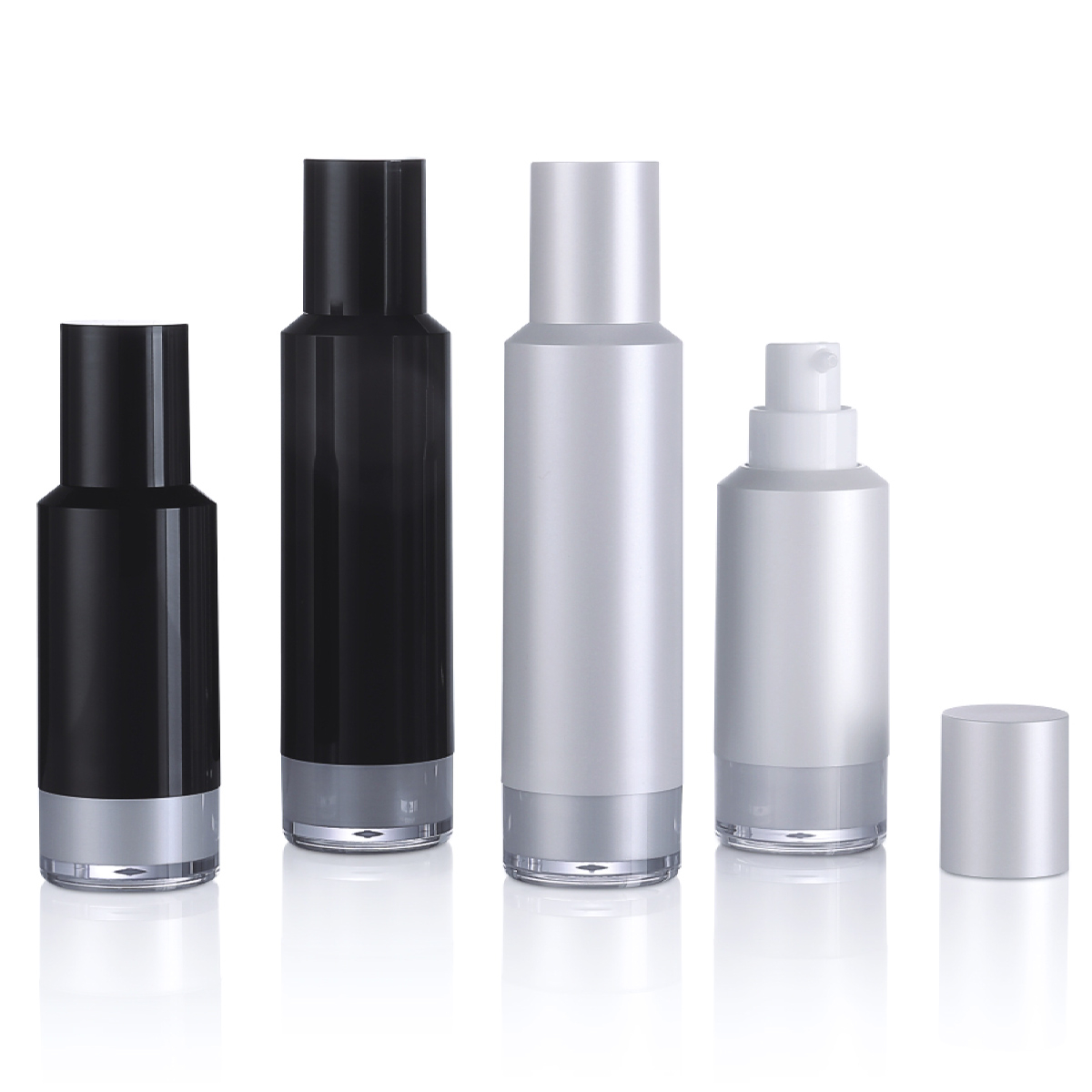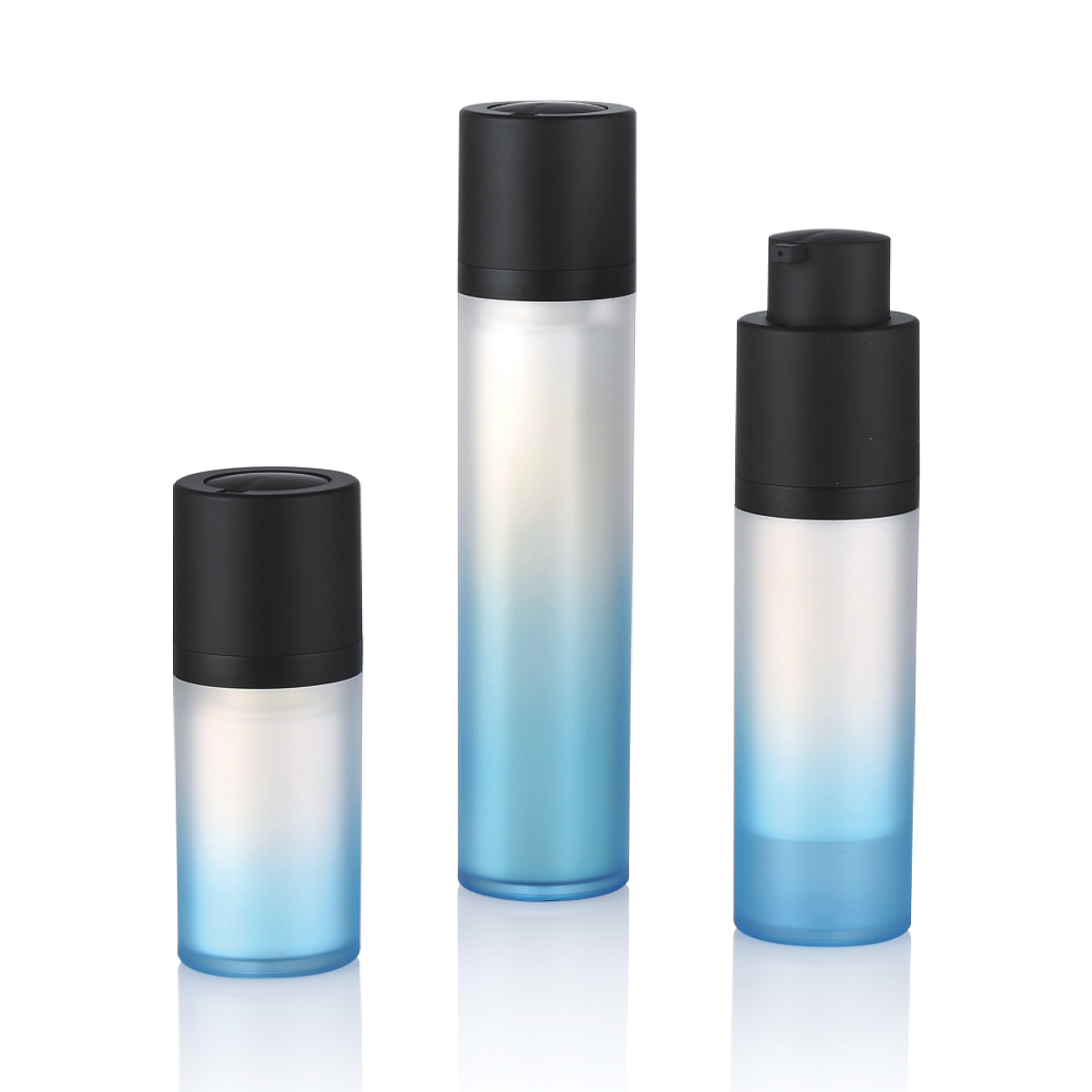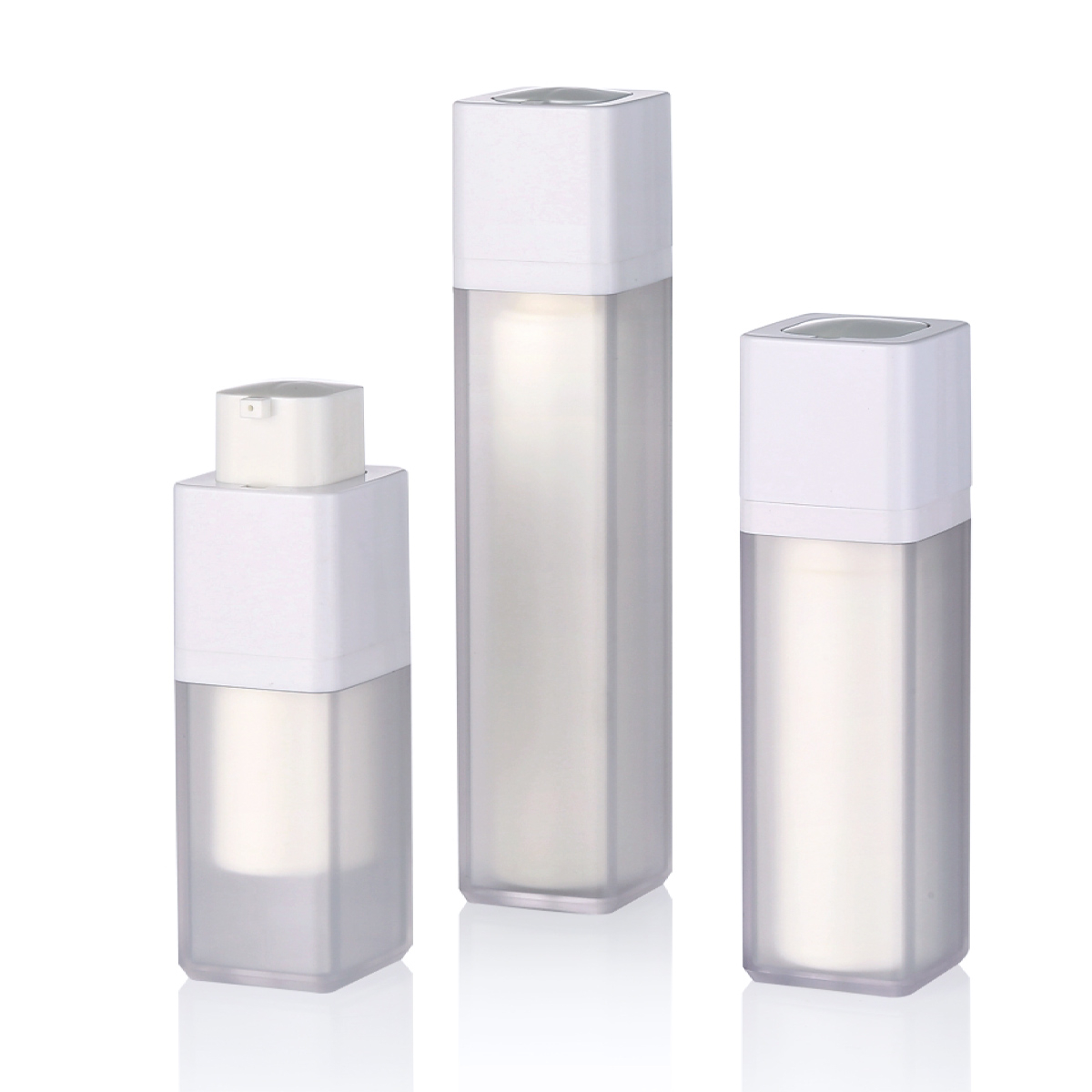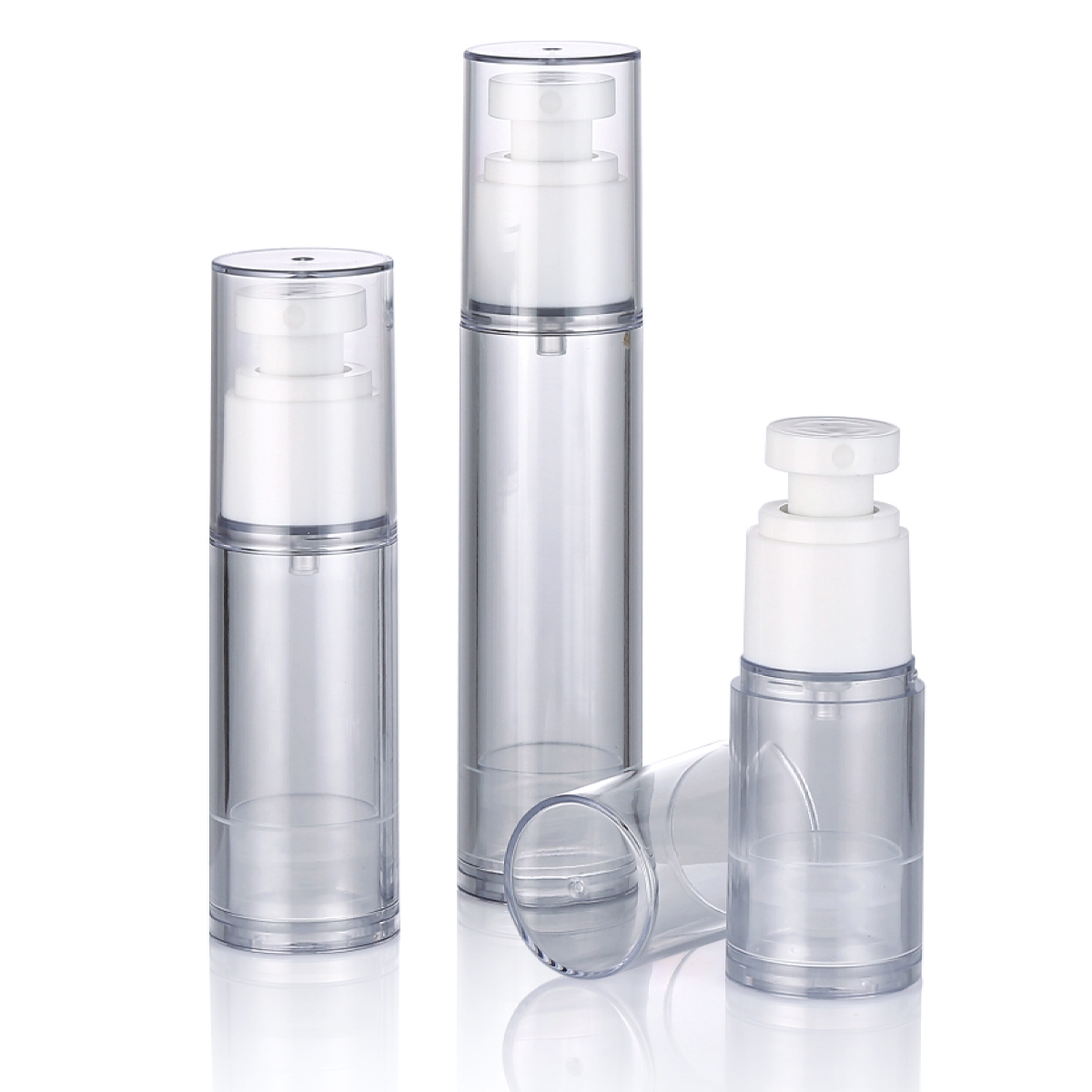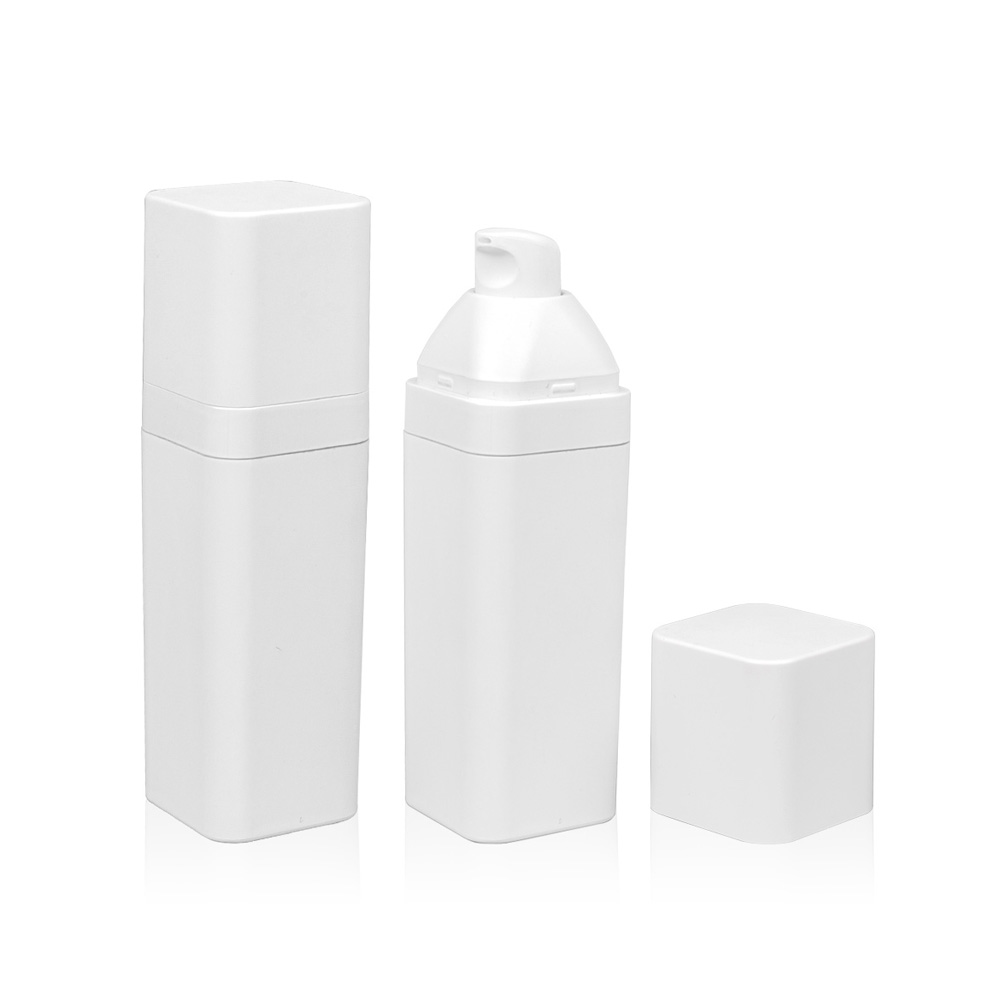The adoption of airless bottles in the cosmetics and personal care industry has grown significantly, driven by their ability to preserve product integrity. As consumers and manufacturers seek packaging solutions that minimize contamination and extend shelf life, a common question arises: what types of products are best suited for airless bottles?
Airless bottles operate through a vacuum pump mechanism, typically involving a piston or diaphragm that moves upward as the product is dispensed. This design prevents air from entering the container, reducing exposure to oxygen, light, and contaminants. The primary advantages include minimized oxidation, decreased risk of bacterial growth, and preservation of active ingredients. According to studies in cosmetic science, this packaging can enhance product stability by up to 30% compared to traditional containers like jars or pump bottles, without the need for excessive preservatives.
Certain product types are particularly well-suited for airless bottles due to their formulation and sensitivity to environmental factors. Serums, for instance, often contain high concentrations of antioxidants, vitamins, or peptides that degrade rapidly when exposed to air. Research indicates that airless packaging can maintain the efficacy of such ingredients for longer periods, making it ideal for skincare serums targeting issues like hydration or hyperpigmentation. Similarly, creams and lotions benefit from this technology, especially those with water-based formulas that are prone to microbial contamination. By sealing out air, airless bottles help prevent the separation of emulsions and reduce the likelihood of spoilage, ensuring consistent texture and performance.
Sunscreens represent another category where airless bottles are advantageous. Many sunscreen formulations include UV-sensitive compounds, such as avobenzone or zinc oxide, which can lose potency when oxidized. Industry guidelines highlight that airless packaging minimizes this degradation, maintaining sun protection factor (SPF) levels over time. Anti-aging products, including retinoid creams or peptide treatments, also align well with airless bottles, as their active ingredients require a stable environment to avoid irritation or reduced effectiveness. Additionally, products with delicate fragrances or natural extracts may see improved preservation in airless containers, as oxygen exposure can alter scent profiles and cause rancidity.
However, not all products are compatible with airless bottles. Thick or highly viscous substances, such as balms or pure oils, may not dispense efficiently due to the piston mechanism's limitations. Water-free formulations, like anhydrous oils, might not benefit as much from air exclusion, as they are less susceptible to oxidation. Manufacturers should evaluate viscosity and flow properties during design to ensure optimal functionality. Cost and sustainability factors also warrant consideration; while airless bottles often reduce waste by allowing near-complete product evacuation, their plastic components must be designed for recyclability to align with environmental standards.
Airless bottles are most effective for products that are sensitive to air, light, or contamination—typically those in liquid or emulsion forms with active or volatile ingredients. Serums, creams, sunscreens, and anti-aging treatments demonstrate the strongest compatibility, leveraging the packaging's protective qualities for enhanced shelf life and performance. As the industry evolves, selecting appropriate packaging should involve assessing ingredient stability and environmental impact, ensuring consumers receive products at their peak efficacy.

 English
English 中文简体
中文简体 Español
Español عربى
عربى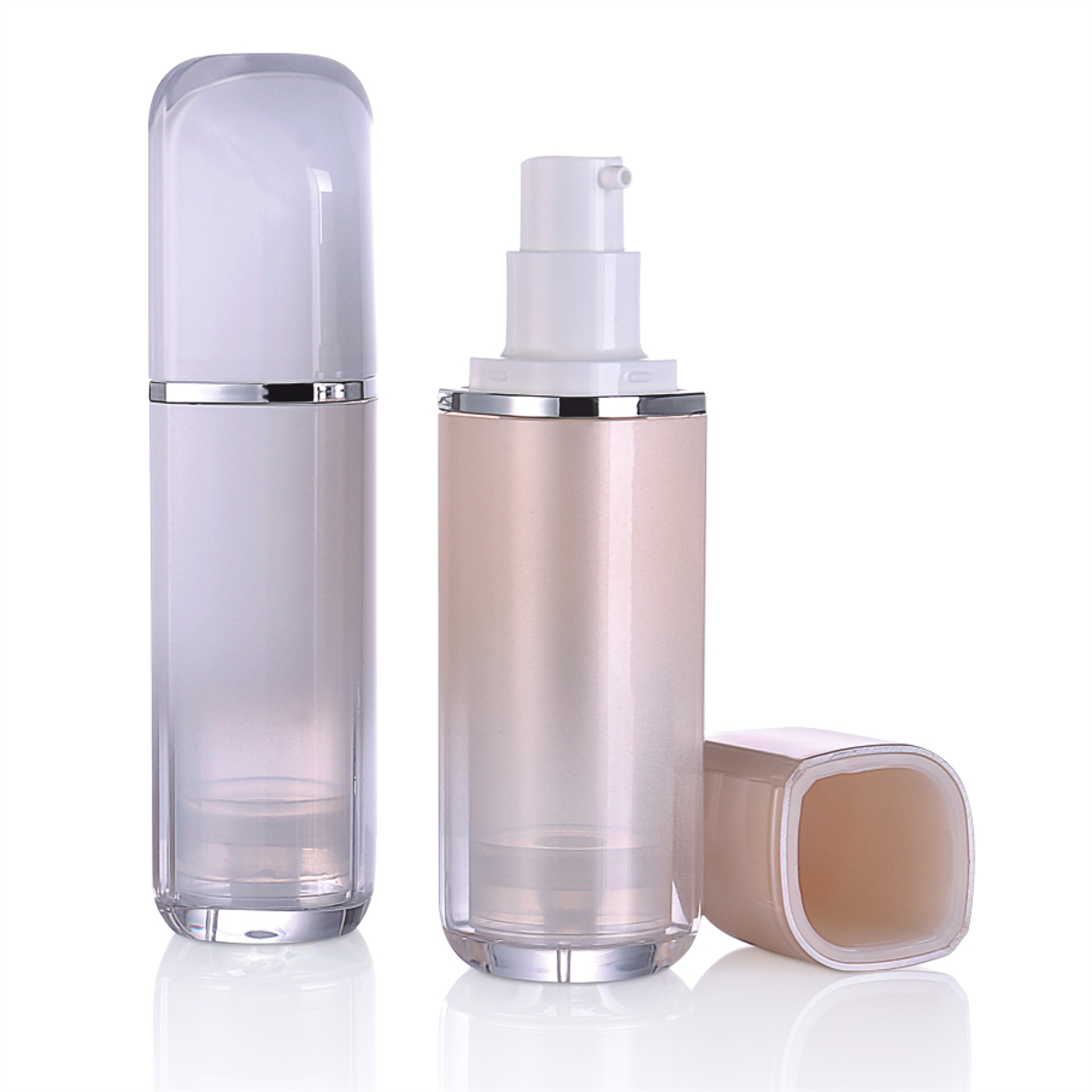
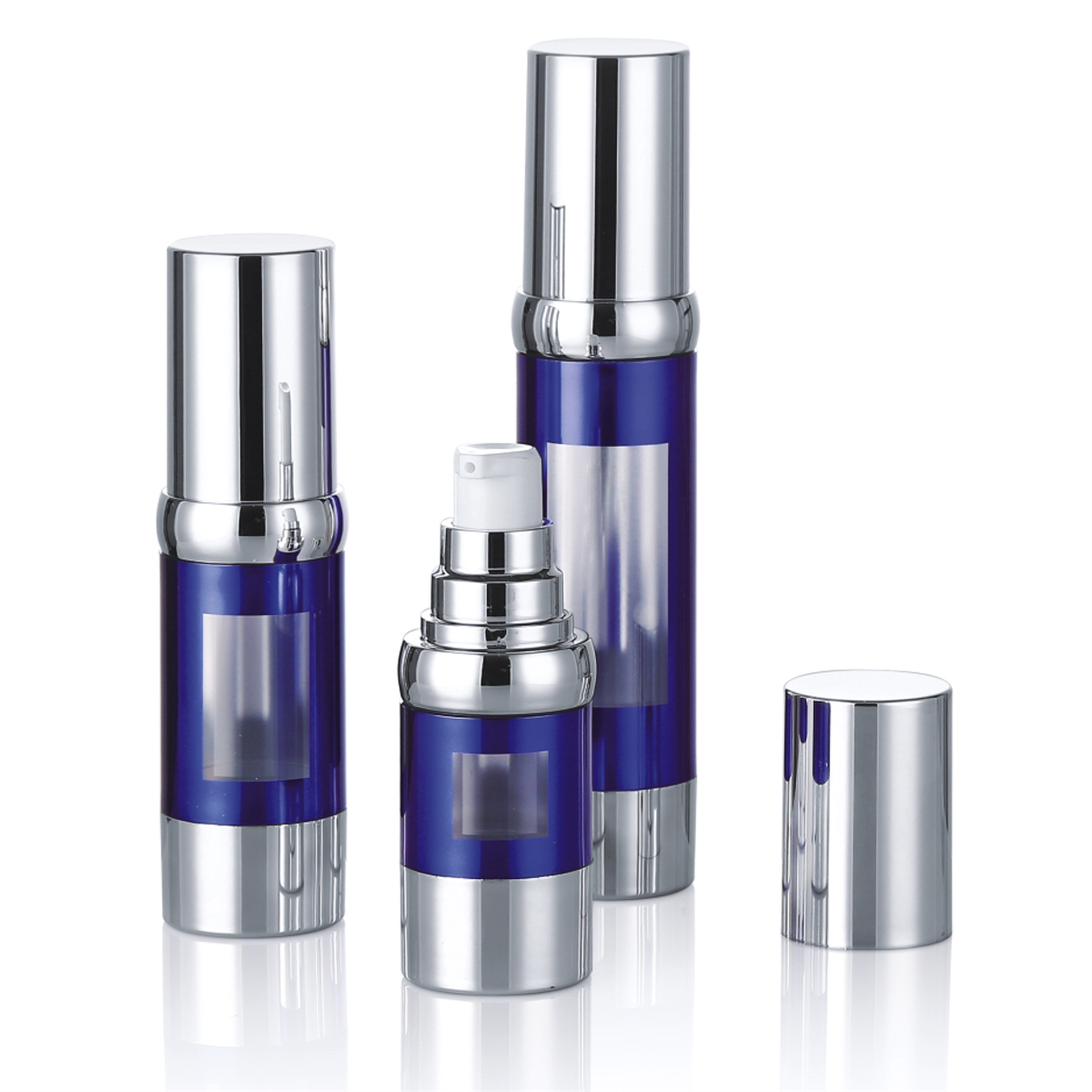
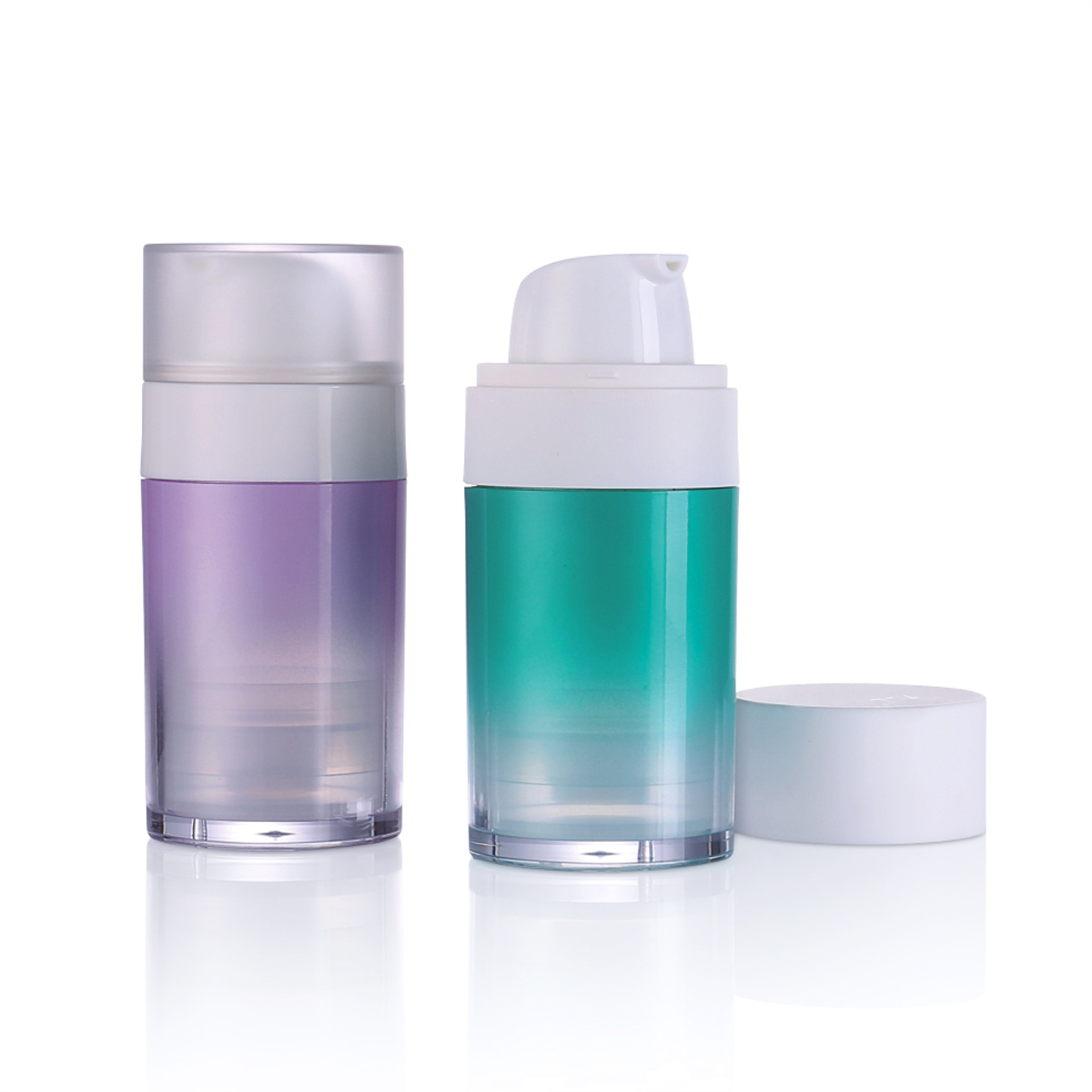
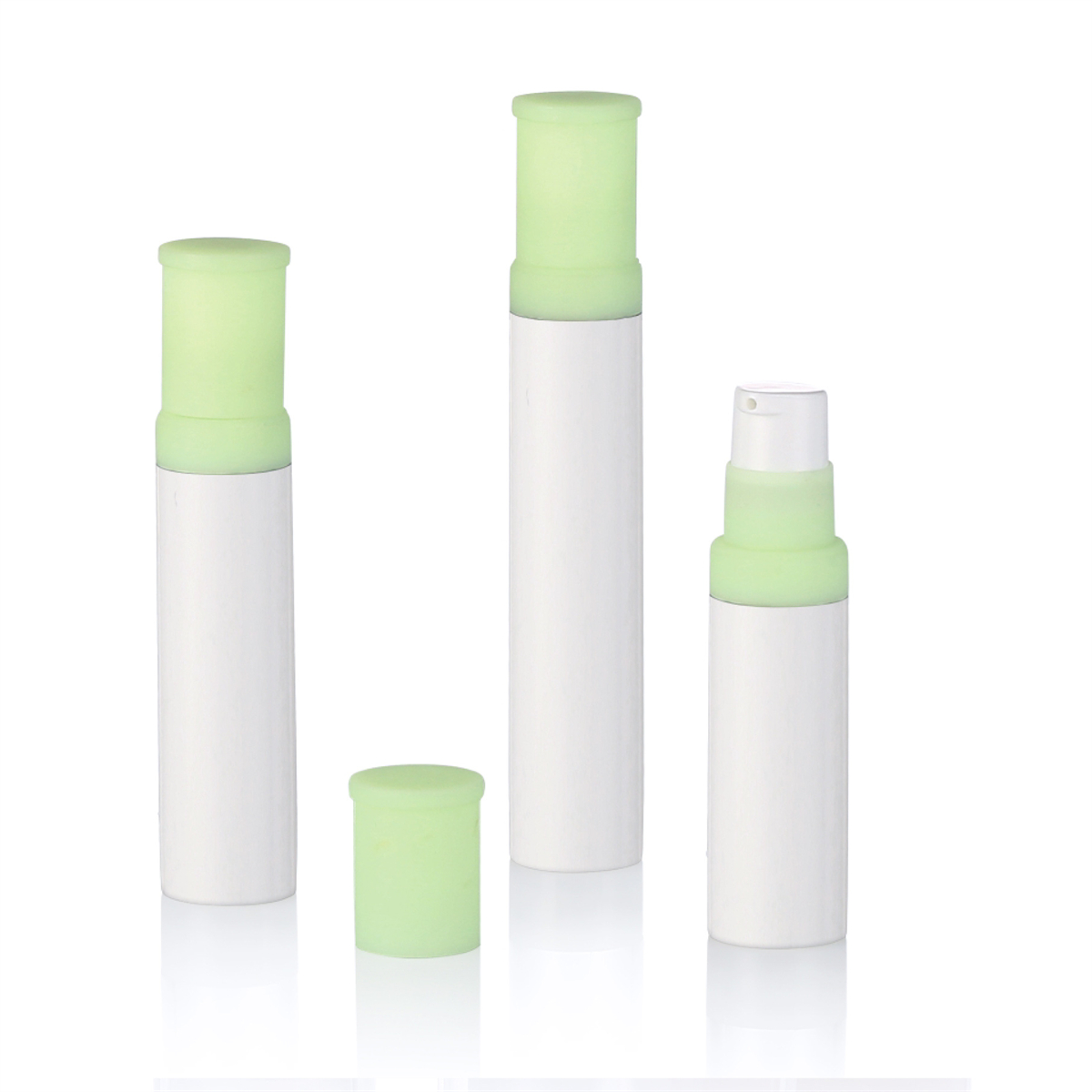
.jpg)
